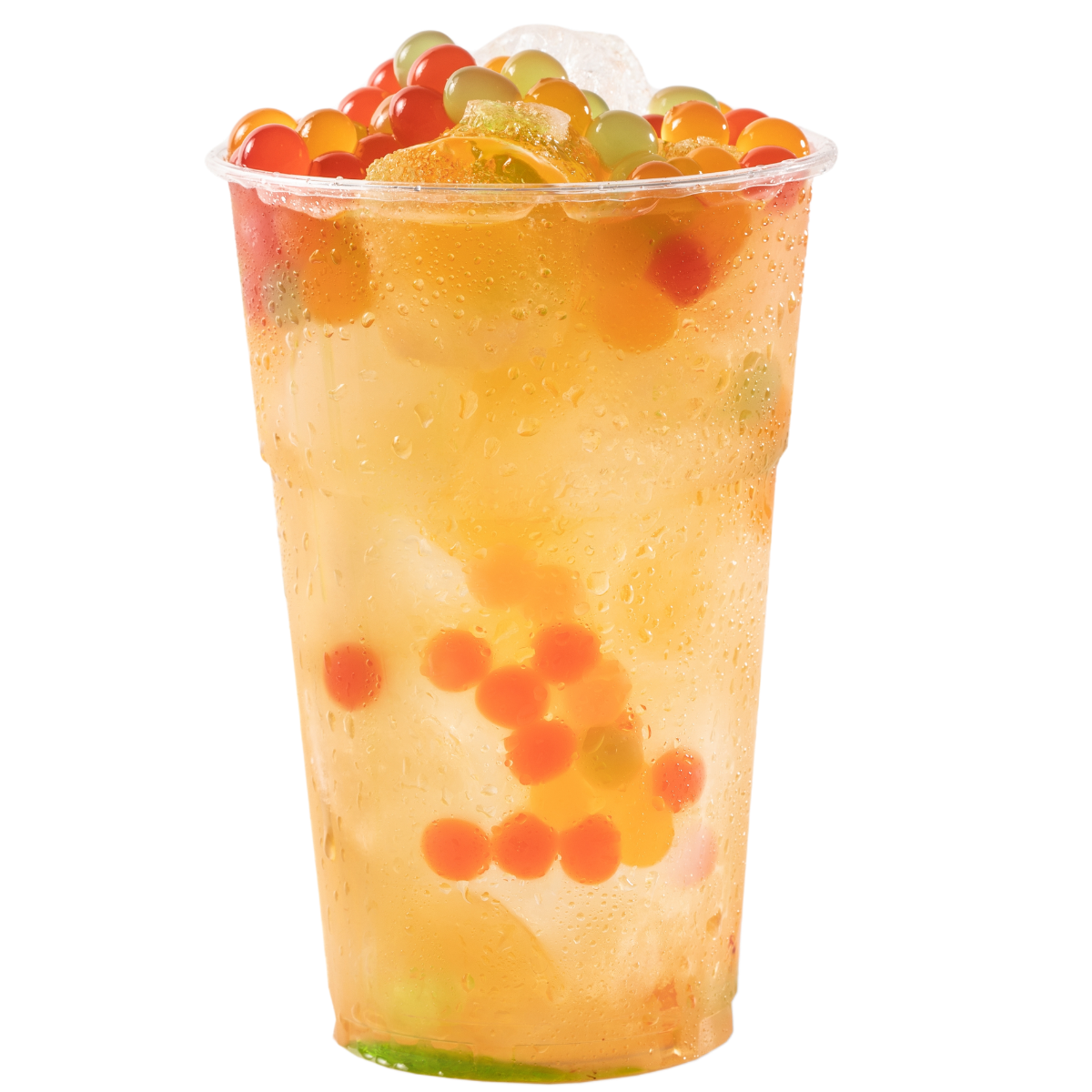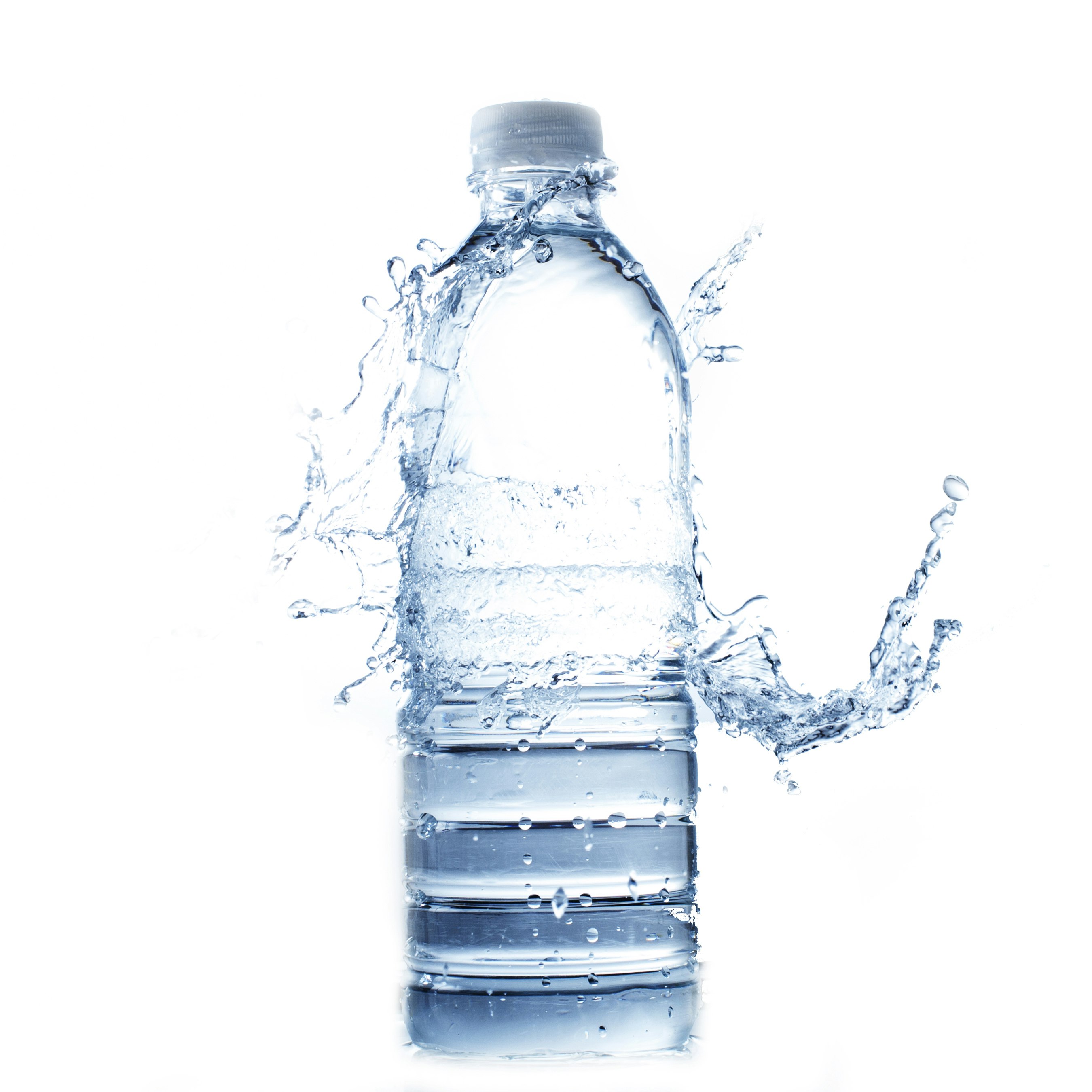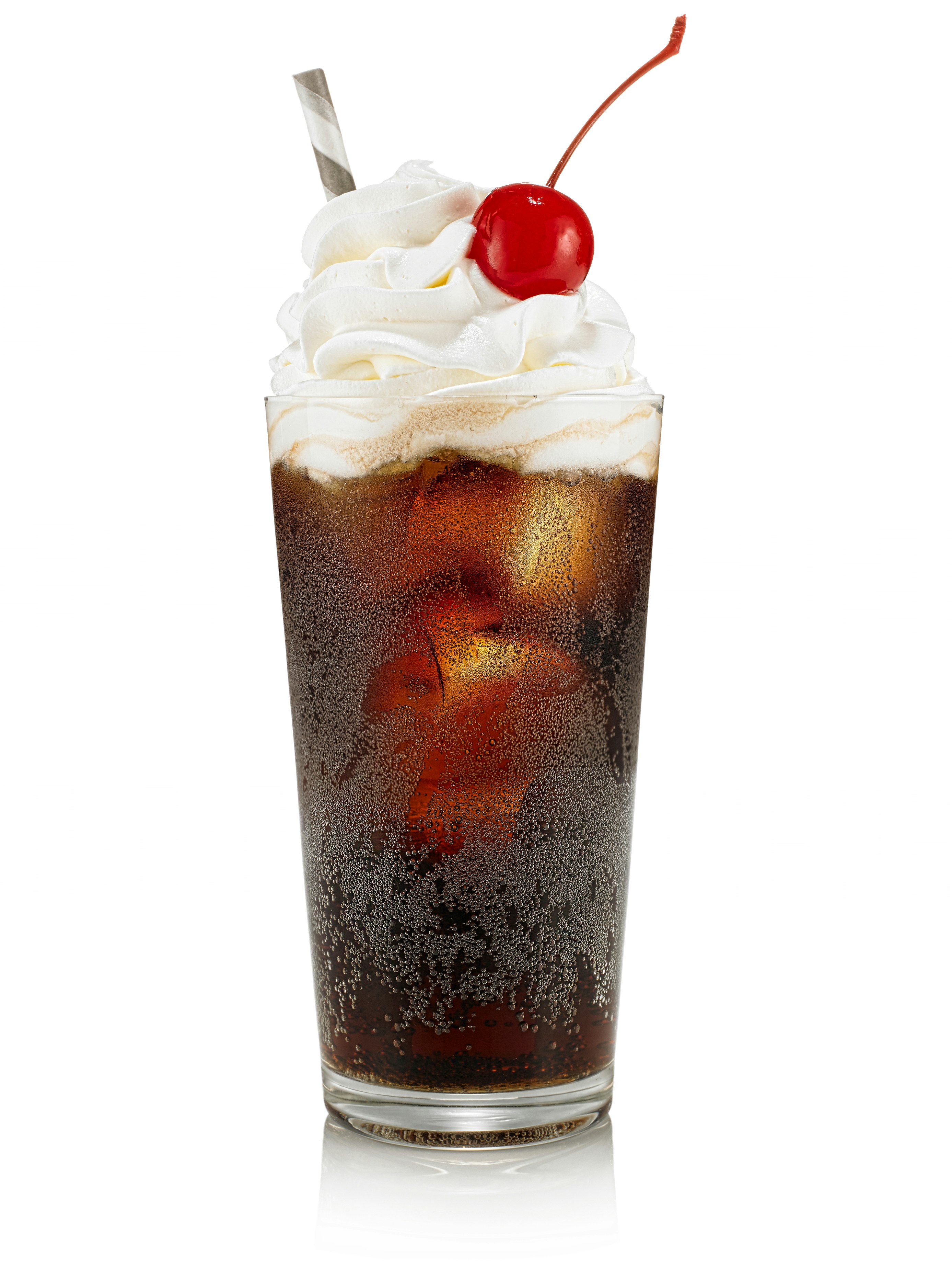ADVISORY BLOG—
The Liquid Revolution
How Beverages Became the Innovation Battlefield in Foodservice
From Subject Matter Expert, Dave Henkes, Senior Principal
October 2025
In an industry constantly seeking new ways to attract customers and boost profits, one area has emerged as the ultimate innovation battlefield: beverages. This isn't just another trend—it's a fundamental shift in how operators need to think about their business. Beverages are no longer just an accompaniment to food offerings but rather have taken center stage in the restaurant and foodservice world, becoming a critical differentiator in an increasingly competitive landscape. As we move through 2025, our data at Technomic shows that the beverage category represents one of the most dynamic and profitable opportunities for growth.
The Strategic Importance of Beverage Innovation
Look at our forecasts—they tell a compelling story. Our base case for real (excluding inflation) growth within foodservice is down 0.1% in 2025. That's the reality we're facing with broader challenges in consumer confidence and a pullback in traffic as higher prices continue to deter consumers. But here's what's interesting: within this challenging picture, beverage programs are emerging as a particularly bright spot for operators looking to drive profits and differentiation.
In our most recent release from our Away-From-Home Beverage Navigator Program, over the past several years beverage volume growth has met or exceeded overall industry growth. Within beverages, however, a growing dichotomy is emerging, as cold beverages have far outpaced hot beverages, and our expectation is that this will continue over the next several years.
Why have beverages become such a critical battleground within foodservice? Several factors contribute to the importance of beverage in today’s environment:
- Higher Profit Margins: Beverages typically offer significantly higher profit margins than food items, making them an attractive focus for operators looking to boost bottom-line performance.
At a time when it’s harder than ever to profitably run a restaurant, beverages provide a key opportunity for margin enhancement.
Lower Operational Complexity
Compared to food items, many innovative beverages require less kitchen space, specialized equipment or extensive preparation time. Labor challenges remain one of the primary issues facing operators, and beverages are generally (although not always) less labor-intensive.
Changing Consumer Preferences
Today’s consumer is increasingly sophisticated about what they drink. They're looking for beverages that offer functional benefits, provide unique experiences and flavors, reflect authenticity and accommodate changing dietary preferences. And as alcohol consumption away from home has slowed, consumers are increasingly looking for nonalcohol options that provide an elevated experience.
Consumer Willingness to Pay
Given evolving consumer needs, today's consumers are increasingly willing to pay premium prices for unique, functional or experiential beverage offerings, particularly when those beverages are not easily replicable at home. •Social Media Appeal: Visually striking beverages drive social media sharing, providing free marketing and customer engagement. •The Growing Global Influence: Many of the innovations being seen are driven by global flavors and influences. International beverage trends have made their way to American menus, creating opportunities for operators to introduce novel concepts with proven appeal in other markets. From Asian bubble teas to Latin American aguas frescas, global beverage styles have created innovation opportunities that are being incorporated into mainstream American foodservice.


The Competitive Landscape Intensifies
As we move through 2025, the beverage business is about to get a lot more competitive, with a growing number of restaurant chains expanding in the U.S. with a wider array of more innovative beverages than ever. There has been significant growth in beverage-forward chains, such as Swig, 7 Brew Drive Thru Coffee and Dutch Bros Coffee, and
Starbucks, while it had a down year in 2024, remains a formidable competitor.
What's particularly interesting is how other chains like McDonald's and the Yum Brands’ concepts are moving quickly to capitalize on beverage demand and are increasingly focused on beverage as a strategic priority. The message is clear: standing still is not an option for operators who want to remain relevant.
As both major chains and independents invest in beverage innovation, they have recognized that unique drink offerings can drive traffic and differentiate their brands in ways that food alone cannot. This has led to what I’d call a veritable arms race of beverage innovation and creativity, with each operator trying to outdo competitors with more novel, Instagram-worthy or functionally beneficial options.
Key Beverage Innovation Trends Shaping the Battlefield
Functional Beverages Lead the Charge
The data we're collecting at Technomic shows a significant shift in the beverage landscape toward functionality. These drinks promise benefits beyond refreshment, such as improved immunity, enhanced energy, better focus, stress reduction or other wellness outcomes. Energy drinks, in particular, but also bottled water (and enhanced waters), caffeinated drinks and refresher-style drinks that provide a boost or other functional benefits are all trending strongly.
Craft and Artisanal Approaches
The craft movement that transformed beer and coffee has expanded across the entire beverage category. Housemade syrups, small-batch sodas, hand-crafted mixers and artisanal preparation methods are becoming standard expectations rather than premium differentiators.
Operators are investing in specialized equipment, staff training and premium ingredients to elevate their nonalcohol beverage programs to the same level of sophistication long associated with craft cocktails or specialty coffee.
Sustainability Takes Center Stage
Environmental concerns are increasingly influencing beverage programs, from ingredient sourcing to packaging. Operators are responding with locally sourced ingredients, eco-friendly packaging and serving vessels and reduced waste prep methods, as well as increasingly taking carbon footprint considerations into account in menu development.
These sustainability initiatives not only appeal to environmentally conscious consumers but often create marketing opportunities and potential cost-savings.
Technology-Enhanced Beverages
Technology is transforming the broader industry but is impacting beverage service specifically in multiple ways. There are increasingly more automated preparation systems ensuring consistency, the digital platforms that operators are investing in also enable complex customization, and many operators are experimenting with subscription models for specialty beverage programs
These technological innovations are helping operators deliver more complex beverage experiences while managing labor costs and consistency challenges.


The Strategic Imperative
For foodservice operators and suppliers that support them, the message is clear: beverage innovation is no longer optional but essential. As shown, a thoughtfully designed beverage program can:
- Strengthen Brand Identity: Signature beverages become associated with specific brands, creating recognition and loyalty.
- Demonstrate Relevancy: Trending ingredients, preparation methods or flavor profiles show consumers that a brand understands current preferences.
- Showcase Innovation: Creative beverages signal to consumers that an operation is forward looking.
As we look toward the latter half of 2025 and beyond, we expect beverage innovation will likely continue to accelerate as operators compete for consumer attention and loyalty.
The most successful operators will be those who view their beverage program not as a secondary consideration but as a primary platform for innovation, profit generation and brand differentiation.
Conclusion: Winning the Beverage Battlefield
The transformation of beverages into a key innovation battlefield represents both a challenge and an opportunity for foodservice operators. Those who recognize and respond to this shift stand to gain significant competitive advantages in terms of profitability, customer loyalty and brand differentiation.
Our research at Technomic consistently demonstrates that consumers are eager for more innovative beverage options and willing to reward operators who deliver them. In an industry where margins are tight and differentiation is difficult, beverages offer a relatively accessible path to standing out and driving profits.
The liquid revolution is well underway. The question for operators is not whether to participate, but how quickly and creatively they can join the battle for beverage innovation leadership. Those who move decisively now will be best positioned to capture market share in this increasingly competitive landscape.
NEVER MISS AN UPDATE
Subscribe to Our Emails
Unique content, conversation and thought leadership from Technomic is just a click away.
















